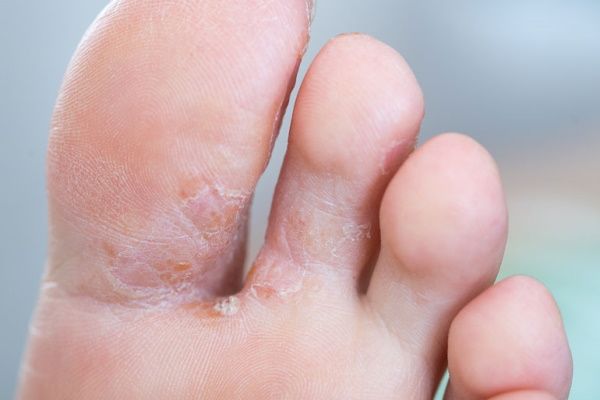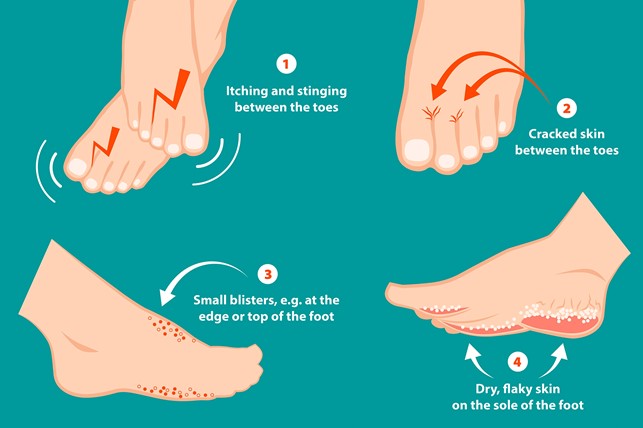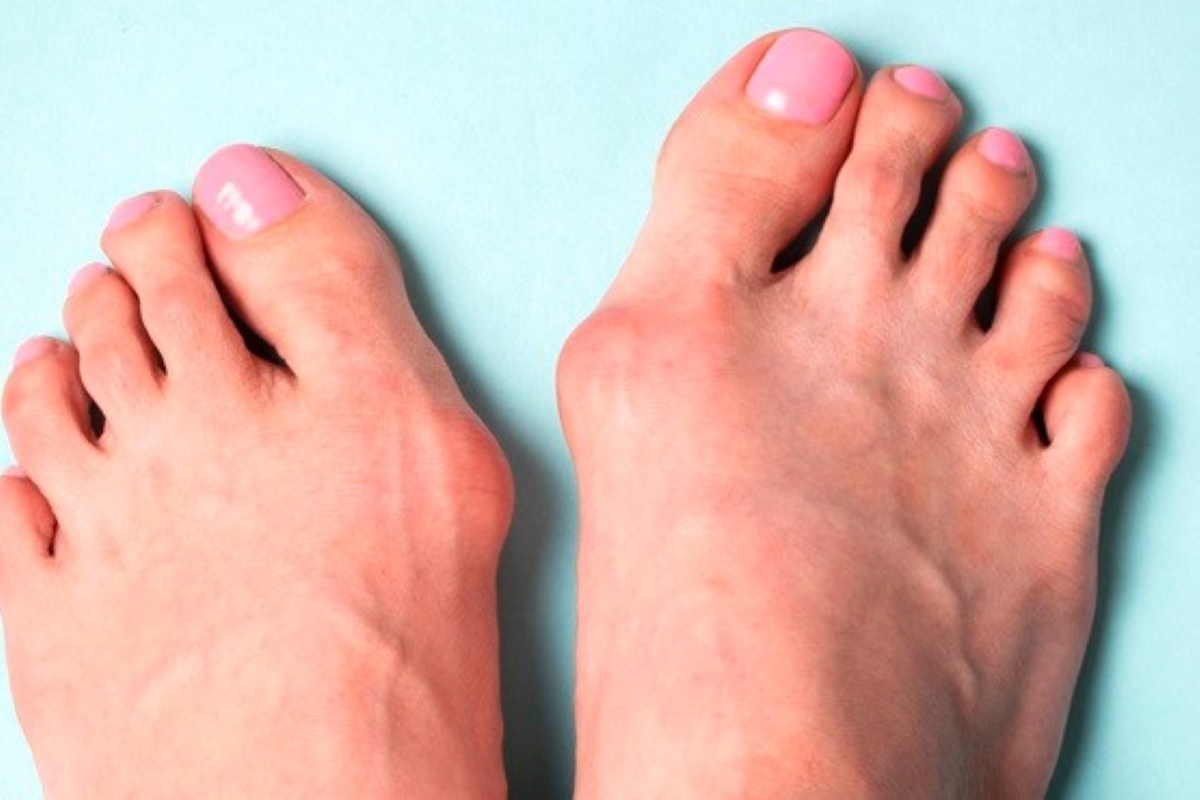
Fungal Infection of the Foot
Fungal infection of the feet or tinea pedis (also called Athlete’s foot) is a fungal skin infection that usually begins between the toes. The fungus (called dermatophytes) is all around us and is commonly found in warm, moist environments such as showers, changing rooms and around swimming pools. It can spread from one person to another when in contact with the fungus or skin flakes of an infected person.

Signs and Symptoms
Fungal infection affect one or both feet and the symptoms include;
- Scaly or cracked skin between or under the toes or feet
- Itchiness or stinging sensation
- Inflamed or red colour
- Blisters
Click to view Patient video on Athletes foot
Medications
You can apply OTC anti-fungal medications as directed by your doctor or pharmacists to the affected areas. The medicine is for external use only and you need to follow the directions on the prescription label. Wash your hands before and after use to prevent it from getting into your eyes
The creams are applied to the affected area twice daily for 2-4 weeks, including a margin of several centimetres of normal skin. Continue for 1-2 weeks after the last visible rash has cleared. Do NOT skip doses or stop using this medicine early.
Imidazoles
- Miconazole (Daktarin)
- Clotrimazole (Canesten, Candazole, Creobic, Candazole)
Allylamine
- Terbinafine (Lamisil, Camisan)
- Butenafine (Lotrimin Ultra)
Thiocarbomates
- Tolnaftate (Tinactin)
Click to view American Foot & Leg specialist video on Athlete’s foot
When to see a doctor
You need to see a doctor for treatment when;
- Your foot that does not improve within 2 weeks of treatment with an over-the-counter anti-fungal medication
- You get recurrent fungal infection on the feet
- Your toenails are affected
- Your have diabetes foot involvement
- There is secondary bacterial infection causing pain, pus, redness or tenderness to touch

Risk factors
You are at risk of getting a fungal infection of the feet if;
- Your feet sweat a lot
- You walk barefoot a lot in public places
- You use socks and enclosed shoes most of the day
- You have poorly controlled diabetes
Click AAD video on How to prevent Athlete’s foot
Prevention
If you are at risk of getting a recurrent infection or have diabetes, here are some helpful tips to prevent infection;
- DO wash your feet regularly with warm soap and water especially BETWEEN your toes
- DO dry your feet by patting dry with soft towel and let it air dry completely before putting on your shoes or socks
- DO apply medicated foot powder as advised by your doctor or pharmacists
- DO wear slippers or sandals to let your feet air out as much as possible
- DO alternate between wearing 2 pairs of shoes to allow one to dry out when wearing the other
- DO NOT wear wet socks or shoes
- DO NOT wear shoes which causes your feet to sweat. Try wearing some running shoes with breathable material
- DO NOT walk barefoot in public places such as changing rooms, swimming pool area or toilets
- DO NOT share towels or shoes
Consult your Doctor or Pharmacist for treatment advice
Disclaimer. TELEME blog posts contains general information about health conditions and treatments. It is not intended to be a substitute for professional medical advice, diagnosis or treatment. The information is not advice and should not be treated as such.
If you think you may be suffering from any medical condition, you should seek immediate medical attention from your doctor or other professional healthcare providers. You should never delay seeking medical advice, disregard medical advice, or discontinue medical treatment because of information on this website.




